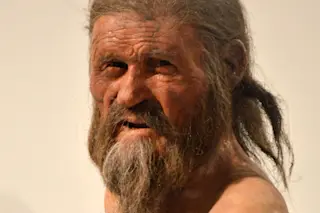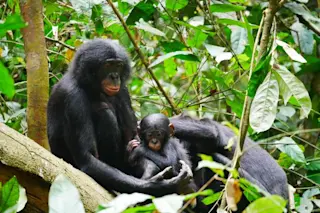More than three thousand years ago, high in the Tyrolean Alps, two shepherds trudged on through deepening snow. For two days, the pair had been trying to shake off a band of marauders to no avail. When they climbed high into the alpine to take refuge in the sheer cliff bands, the thieves chased them deep into a deep gully above a steep face. The shepherds continued downwards — the risk of a fall was better than the certain fate that awaited them if they stayed put.
Now, the shepherds were hungry, tired and fairly certain that their attackers were off the scent. They had run, adrenaline fueled, down the morainal slopes to lower ground, just in time for an early-season snowstorm to cut off visibility at 50 paces. Seated around a small fire, they retrieved a supper of einkorn wheat, bracken fiddleheads and smoked red deer and ibex meat ...















